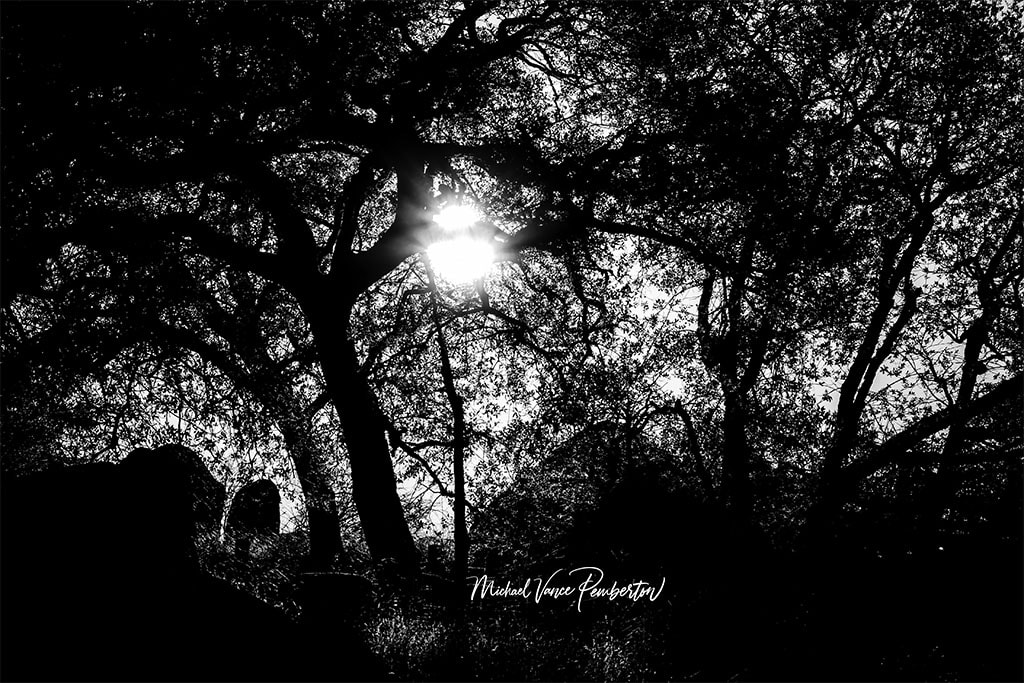
The art of photography is not only about capturing moments but also about presenting them in a visually compelling way. The rule of thirds stands out as a fundamental and versatile tool among the many principles guiding composition. In this article, we will explore the rule of thirds, understand its significance, and discover how applying this principle can significantly enhance the composition of your photographs.
Understanding the Rule of Thirds:
The rule of thirds is a guideline that divides an image into nine equal parts by creating two horizontal and two vertical lines, resulting in a grid. The key concept is to position the most critical elements of your composition along these lines or at their intersections. This approach creates a more dynamic and visually pleasing composition compared to centering the main subject.
How to Apply the Rule of Thirds:
- Divide and Conquer: Mentally divide your frame into a 3×3 grid using the rule of thirds. Many cameras also offer an option to display this grid on the viewfinder or LCD screen for easy reference.
- Place Key Elements: Position critical elements of your composition along the grid lines or at the intersections. For instance, if you’re capturing a landscape, align the horizon with one of the horizontal lines rather than placing it in the center.
- Subject Placement: When photographing a person or a main subject, consider placing their eyes or the focal point of interest along one of the vertical lines. This draws attention to the subject while maintaining balance.
- Balance and Harmony: Utilize the rule of thirds to achieve balance and harmony in your images. Placing key elements off-center allows for a more dynamic and engaging composition.
Benefits of the Rule of Thirds in Composition:
- Visual Interest: By avoiding a central placement of the main subject, the rule of thirds adds visual interest to your photographs. The off-center positioning encourages viewers to explore the entire frame.
- Balance and Harmony: Placing elements along the grid lines or intersections creates a balanced composition, enhancing the overall aesthetic appeal of the image.
- Leading Lines: The grid lines in the rule of thirds can also serve as leading lines, guiding the viewer’s gaze toward the main subject or points of interest within the frame.
- Emphasis on the Main Subject: By aligning the main subject with the grid lines or intersections, you draw attention to the focal point of your image, making it more prominent and impactful.
- Versatility: The rule of thirds is versatile and can be applied to various genres of photography, including landscapes, portraits, architecture, and more. Its adaptability makes it a valuable tool in the photographer’s toolkit.
Practical Examples:
- Portrait Photography: Place your subject’s eyes along the upper horizontal line or position the subject at one of the intersections for a visually pleasing portrait.
- Landscape Photography: Align the horizon with the upper or lower horizontal line, depending on the emphasis you want on the sky or foreground.
- Architecture Photography: Position vital architectural elements, such as the main building or a prominent feature, along the grid lines or intersections for a balanced and harmonious composition.
Conclusion:
Mastering the rule of thirds in photography is akin to unlocking a powerful and versatile composition technique. By understanding how to divide your frame into thirds and strategically placing key elements, you can elevate the visual impact of your images. The rule of thirds is not rigid but rather a flexible guideline that encourages creativity and thoughtful composition. As you integrate this principle into your photographic practice, you likely find it becomes second nature, leading to consistently engaging and well-balanced compositions that captivate your audience.


Recent Posts
In shadows cast by love's deceitful guise,He wandered blind, his heart the captive prize.Through realms unknown, where truth remained concealed,He followed trails of falsehood, unrevealed. Blinded...
Prepare to be amazed as the MCAS Cherry Point Air Show returns on May 11-12. This annual event, hosted by the Marine Corps Air Station (MCAS) Cherry Point in North Carolina, promises a weekend of...